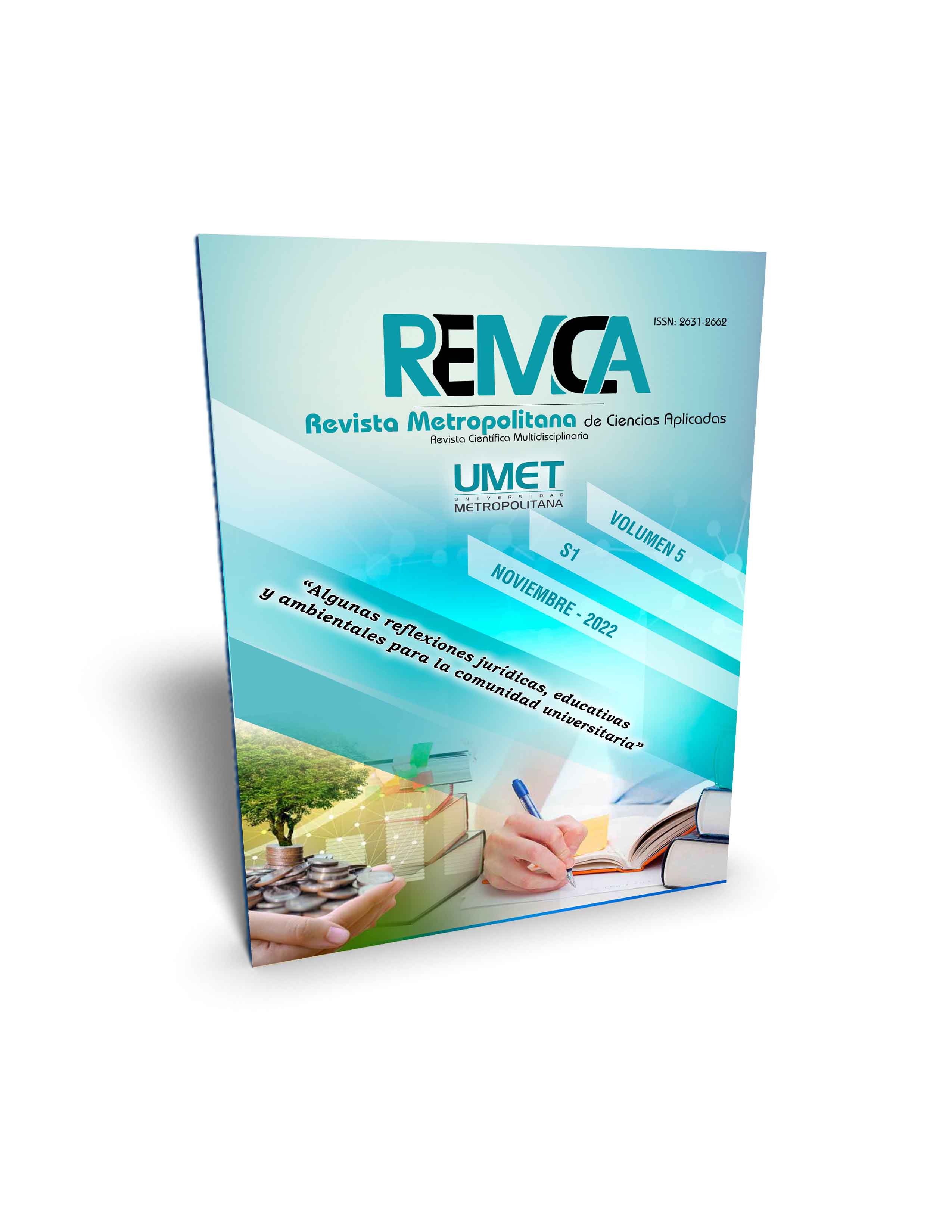Hypogastric artery ligation. Presentation of a case from the Teófilo Dávila General Hospital
DOI:
https://doi.org/10.62452/gqqfjb32Keywords:
Obstetric hemorrhage, ligation of the uterine arteries, obstetric hysterectomyAbstract
Hemorrhage etymologically comes from the Latin haemorragia, from the Greek, αἱμορραγία composed of haima (blood) and regnymi (break), passed to Latin hemorrhage and later to Spanish, documenting it as emorragia in 1493. From a conceptual point of view, postpartum hemorrhage is defined as a blood loss greater than 500 ml in a vaginal delivery and greater than 1000 ml in a cesarean section, being among the leading causes of maternal death worldwide. The hypogastric artery is a large caliber vessel, responsible for the irrigation of a large area of the pelvis and the organs located there. Hypogastric artery ligation is a surgical technique that was first described in 1894 with the aim of reducing gynecological and obstetric hemorrhage, since it endangers the life of the patient, increasing morbidity and mortality. This therapeutic surgical procedure should be taken into account as an effective method in the control of severe gynecological hemorrhages, where intraoperative complications are foreseeable with adequate knowledge of retroperitoneal anatomy.
Downloads
References
Alkema, L., Chou, D., Hogan, D., Zhang, S., Moller, A. B., Gemmill, A., ... & Inter, U. N. M. M. E. (2016). Global, regional, and national levels and trends in maternal mortality between 1990 and 2015, with scenario-based projections to 2030: a systematic analysis by the UN Maternal Mortality Estimation Inter-Agency Group. The lancet, 387(10017), 462-474.
Cortés, G. F., & Ureña, J. (2011). Diccionario médico-biológico, histórico y etimológico. Ediciones Universidad de Salamanca.
Cruz Osorio, T. M. (2015). Hemorragia post parto-atonía uterina. (Tesis de grado). Universidad Privada de Ica.
Espitia de la Hoz, F. J., Zuluaga Cortés, O. E., & Orozco Santiago, L. (2016). Ligadura de arterias hipogástricas en hemorragia postparto severa. Ces Medicina, 30(1), 26-34.
Fernández López, M. G. (2021). Tratamiento quirúrgico de la hemorragia obstétrica en un hospital del segundo nivel. (Tesis de especialidad). Benemérita Universidad Autónoma de Puebla
Hurtado Estrada, G., Cárdenas González, S., Barrón Fuentes, Á., Cordero Galera, C. A., Morales Palomares, M., Vargas Hernández, V. M., Reyes Nava, H., López Sánchez, R., & Vega, M. A. (2009). Ligadura de arterias hipogástricas, una cirugía heroica para evitar la mortalidad en ginecoobstetricia. Archivos de Investigacion Materno Infantil, 1(3), 138-143.
Kaya, B., Tuten, A., Daglar, K., Onkun, M., Sucu, S., Dogan, A., ... & Guralp, O. (2015). B-Lynch uterine compression sutures in the conservative surgical management of uterine atony. Archives of Gynecology and Obstetrics, 291(5), 1005-1014.
Kelly, H. A. (1894). Ligation of both internal arteries for hemorrhage in hysterectomy for carcinoma uteri. Bull Johns Hopkins Hosp, 5, 53-54.
Millán Juárez, Á., Lucero Velasco, R., Zaragoza Jiménez, L., & Comoto Santacruz, D. (2021). Ligadura de arterias hipogástricas proximales y tronco posterior bilaterales como profilaxis en histerectomía. Clínica e Investigación en Ginecología y Obstetricia, 48(2), 132-135.
Morel, O., Malartic, C., Muhlstein, J., Gayat, E., Judlin, P., Soyer, P., & Barranger, E. (2011). Pelvic arterial ligations for severe post-partum hemorrhage. Indications and techniques. Journal of visceral surgery, 148(2).
Moreno-Santillán, A. A., Posadas-Nava, A., Martínez-Adame, L. M., & Celis-González, C. (2018). Sutura compresiva de Hayman: experiencia de cuatro años. Ginecología y obstetricia de México, 86(09), 590-596.
Nelson, R. M. (1979). Bilateral internal iliac artery ligation in cervical pregnancy: conservation of reproductive function. American Journal of Obstetrics and Gynecology, 134(2), 145-150.
Nizard, J., Barrinque, L., Frydman, R., & Fernandez, H. (2003). Fertility and pregnancy outcomes following hypogastric artery ligation for severe post‐partum haemorrhage. Human Reproduction, 18(4), 844-848.
Pinder, A., & Dresner, M. (2005). Massive obstetric haemorrhage. Current Anaesthesia & Critical Care, 16(3), 181-188.
Saucedo López, A., García Briones, A., Velázquez Merino, A., Corona Alvarado, E., & Gómez Fernández, A. (2021). Morbimortalidad en pacientes sometidas a ligadura de arterias hipogástricas con riesgo de hemorragia obstétrica. Clínica e Investigación en Ginecología y Obstetricia, 48(4).
Schwartz, P. E., Goldstein, H. M., Wallace, S., & Rutledge, F. N. (1975). Control of arterial hemorrhage using percutaneous arterial catheter techniques in patients with gynecologic malignancies. Gynecologic Oncology, 3(4), 276-288.
Serrano Berrones, M. Á. (2013). Comparación de dos técnicas quirúrgicas conservadoras para el tratamiento de la hemorragia obstétrica. Revista de Especialidades Médico-Quirúrgicas, 18(2), 100-107.
Downloads
Published
Issue
Section
License
Copyright (c) 2022 Abel Agustín Estrada Paneque, Ximena Margarita Quimí Salazar, Xavier Alexander Granja Aguilar (Autor/a)

This work is licensed under a Creative Commons Attribution-NonCommercial-ShareAlike 4.0 International License.
Authors who publish in Revista Metropolitana de Ciencias Aplicadas (REMCA), agree to the following terms:
1. Copyright
Authors retain unrestricted copyright to their work. Authors grant the journal the right of first publication. To this end, they assign the journal non-exclusive exploitation rights (reproduction, distribution, public communication, and transformation). Authors may enter into additional agreements for the non-exclusive distribution of the version of the work published in the journal, provided that acknowledgment of its initial publication in this journal is given.
© The authors.
2. License
The articles are published in the journal under the Creative Commons Attribution-NonCommercial-ShareAlike 4.0 International License (CC BY-NC-SA 4.0). The terms can be found at: https://creativecommons.org/licenses/by-nc-sa/4.0/deed.en
This license allows:
- Sharing: Copying and redistributing the material in any medium or format.
- Adapting: Remixing, transforming, and building upon the material.
Under the following terms:
- Attribution: You must give appropriate credit, provide a link to the license, and indicate if any changes were made. You may do this in any reasonable manner, but not in any way that suggests the licensor endorses or sponsors your use.
- NonCommercial: You may not use the material for commercial purposes.
- ShareAlike: If you remix, transform, or build upon the material, you must distribute your creation under the same license as the original work.
There are no additional restrictions. You may not apply legal terms or technological measures that legally restrict others from doing anything the license permits.




